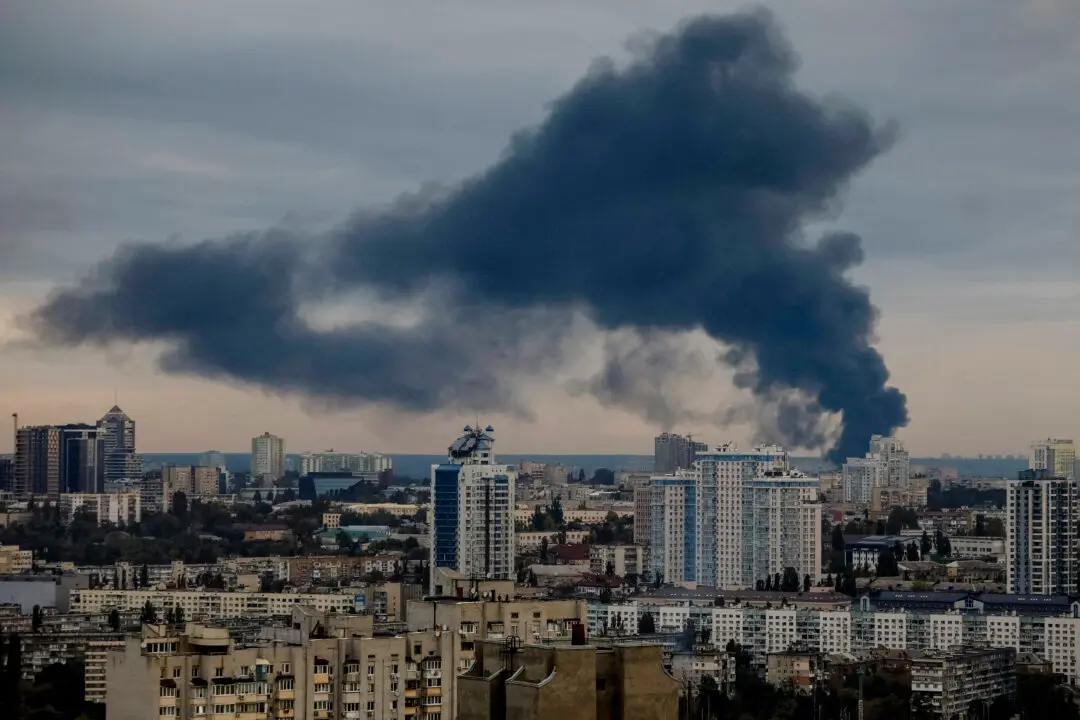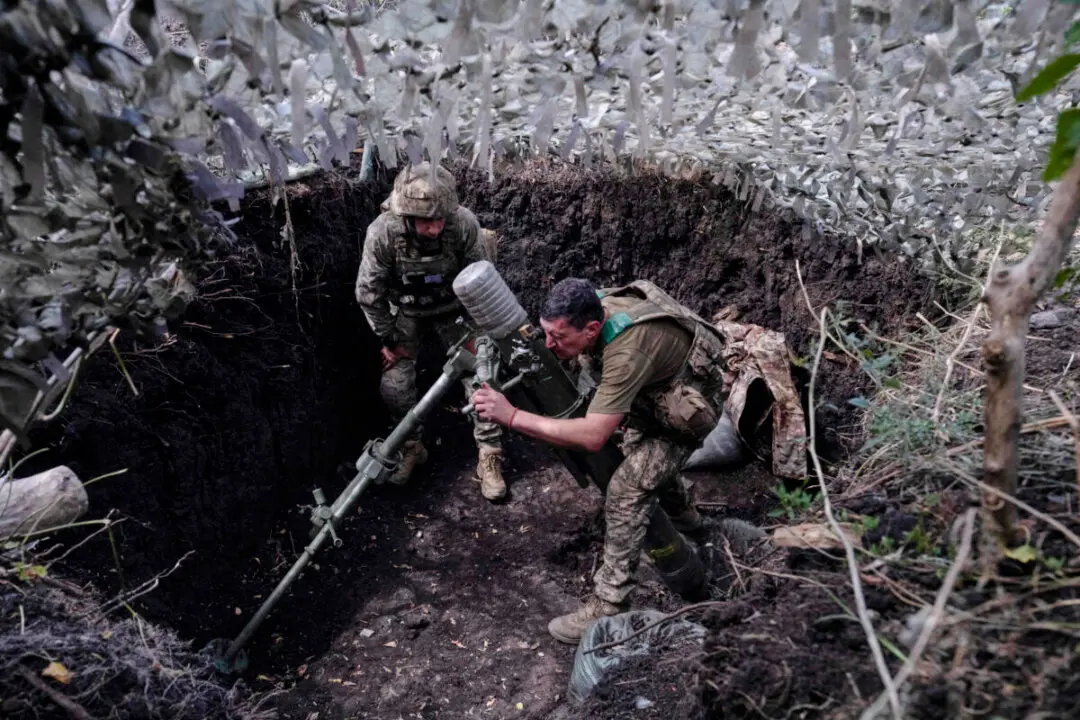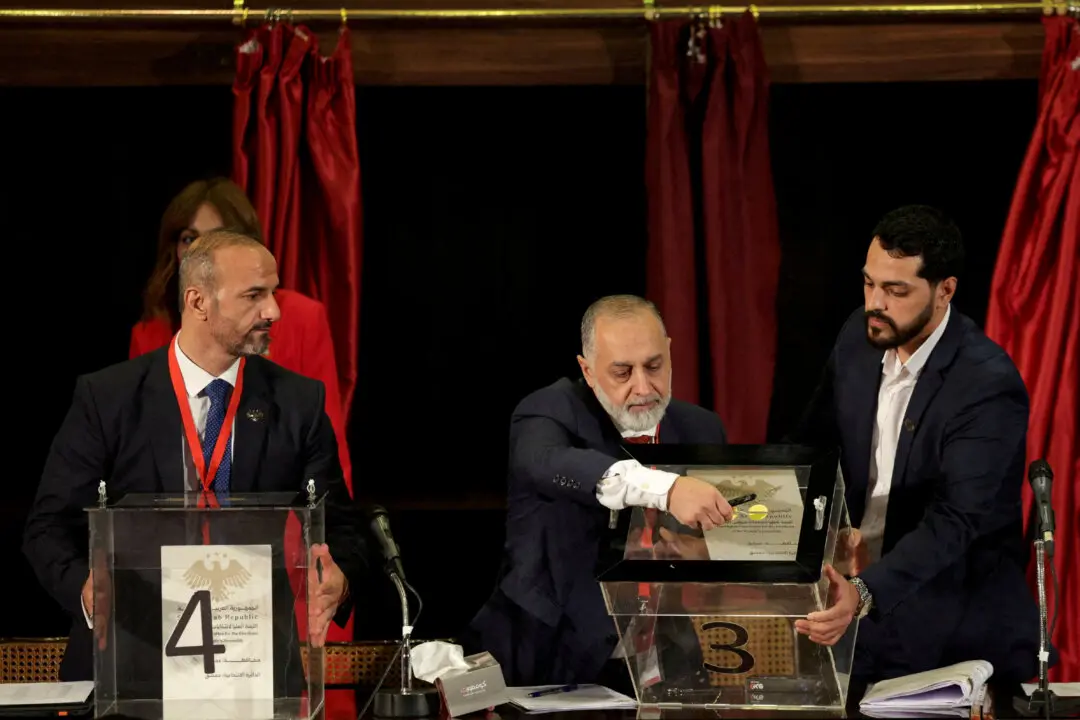Ukrainian resistance in the industrial eastern town of Avdiivka is near a breaking point amid renewed Russian efforts to surround—and capture—the town, according to a local military official.
“Things in the Avdiivka sector have become even tougher,” Vitaliy Barabash, Avdiivka’s Kyiv-appointed military governor, told local media on Nov. 27.





